PART 6
*** BRIAN THE ASTRONOMER ***
“No flash pictures please……”
Just a few more…

BRIAN: Absolutely, yes. There’s a very beautiful time the onset of the totality called Baily’s Beads, where this thin crescent of sunlight will split up into tiny pieces and Baily’s Beads are your last vestige of sunlight just peeping through the Valleys of the Moon, effectively, and then all of a sudden – its gone, and we’re into totality, and suddenly you’re presented with this wonderful corona – the Sun’s atmosphere.
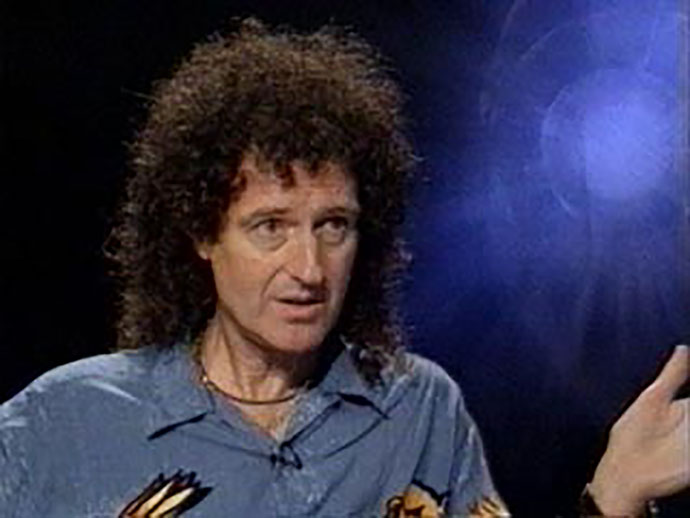


PATRICK: The Sun’s pearly atmosphere in all directions and you may see prominence?
BRIAN: Yes, it’s a good time to pick up your binoculars I would say, ‘cos at this point we’re safe, aren’t we? At this point you can put down the viewers and you can actually look at this totally eclipsed Sun with your binoculars if you like, maybe 7 x 50, nothing much bigger than that because it’s very hard to hold it steady otherwise.

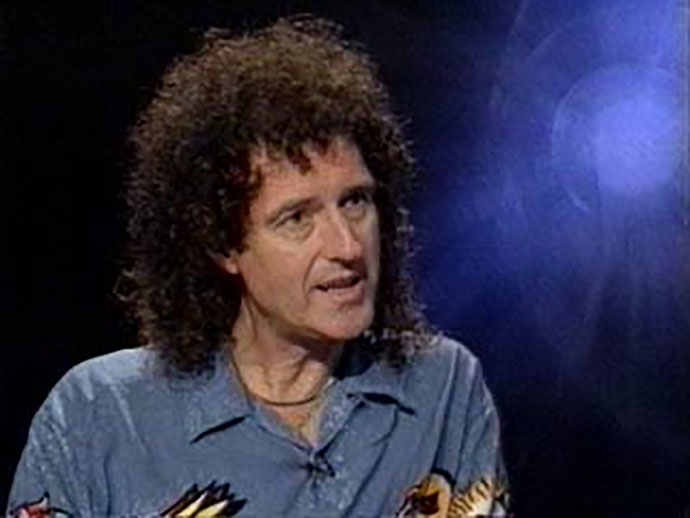

PATRICK: I think this is the whole point. When you can actually see the corona, then its safe to look through binoculars, telescopes anything you like and when you can’t see the corona, it’s not, and if you follow that dictum you can’t go wrong I think.

BRIAN: Absolutely. Yes, and there’s an awful lot to see in this, this couple of minutes. I think it’s well worth not fiddling with your camera.
PATRICK: Yes. Take photographs by all means but I’d say I think a word of wisdom here, don’t spend all your time photographing, otherwise you’ll miss the glory of it. And also rehearsal is so important. Get everything ready, have your camera set up, cable release and click at the right moment, but don’t waste time doing all kinds of adjustments at the last moment. You won’t have time.
BRIAN: Absolutely, and no flash pictures please…..



PATRICK: Yes, that’s the vital thing. Don’t use flash.
BRIAN: It definitely ruins everybody else’s view and you’ll get some very angry astronomers next to you.
PATRICK: It’s been done you know.
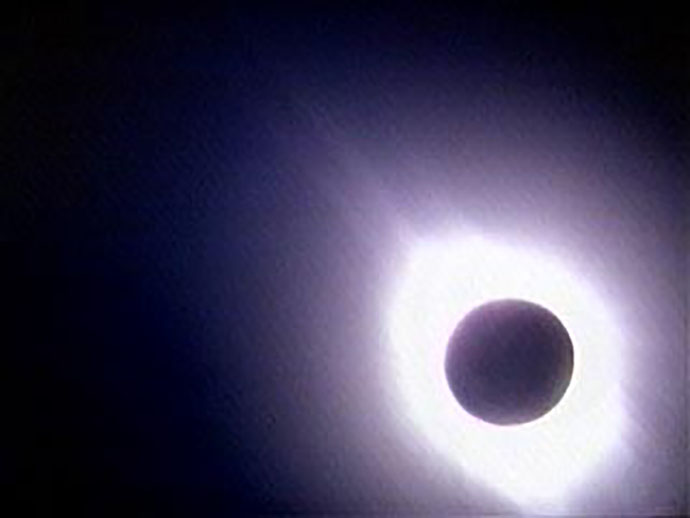
BRIAN: Yes, so we’re looking at the corona with our binoculars, and we can also see if we move in closer um to the eclipsed Sun, these wonderful prominences, if we’re lucky – we will see these wonderful red eruptions of hydrogen gas. There’s some great pictures here taken by Paul Coleman, which show something which looks like a rather small flame, but in fact its enormous and if you had a picture of the Earth next to that prominence, which we see on the left there, the, the Earth would be just a tiny dot.
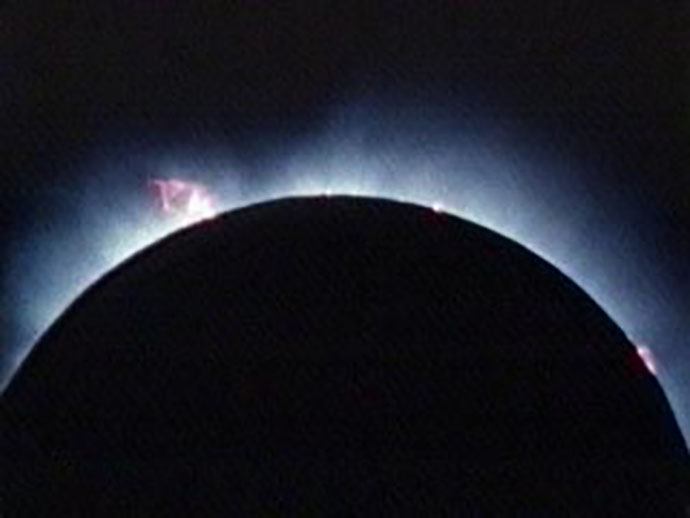
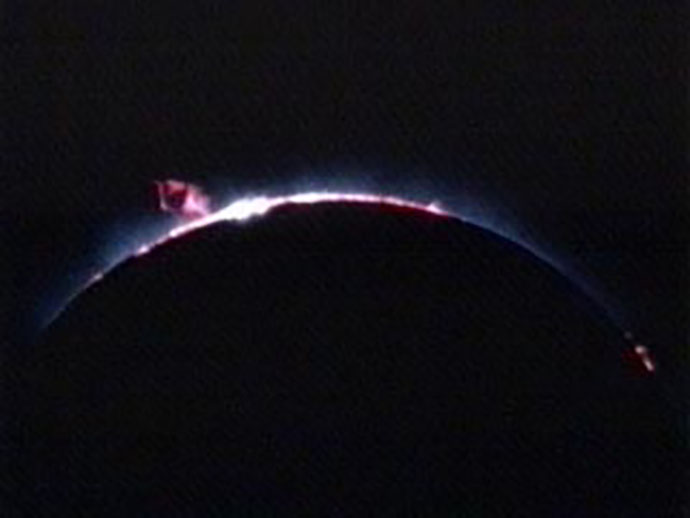
PATRICK: And of course we can’t tell yet whether there are going to be any really good prominences or not. Depends entirely upon the state of the Sun. The Sun’s a variable star. Every 11 years it’s active. We’re getting up to that peak activity now, and therefore we should have a fairly symmetrical corona and nice prominences. We can’t be sure. Every eclipse is different.
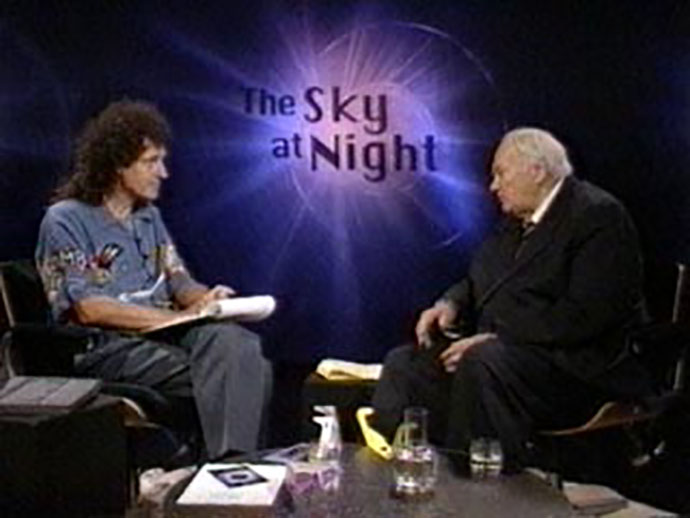

BRIAN: Yes that’s part of the fun, isn’t it. Wonderful. I think one thing we’ll definitely see, if the skies are clear, is the chromosphere which is a beautiful pink glow, which is normally completely wiped out by the Sun’s brilliant photosphere. The eclipse time is the only time we see the chromosphere.
PATRICK: And then of course, other things too. By now the sky is darkish, and therefore you’ll certainly see Venus and probably the other planets and some stars also.
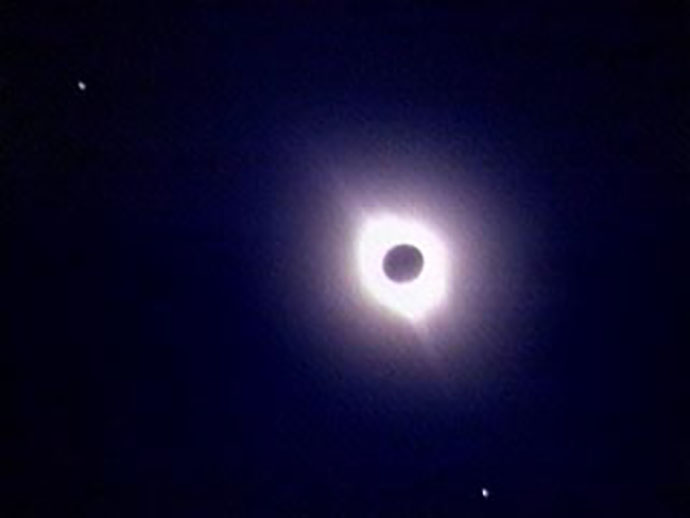
BRIAN: Yes – we hope. Again this a picture I took in Mexico where you can see Venus and and Mercury next the eclipsed Sun. Supposing you could see all the stars at that point, which we won’t, you’d see that the eclipsed Sun is actually against the background of the Winter Stars.
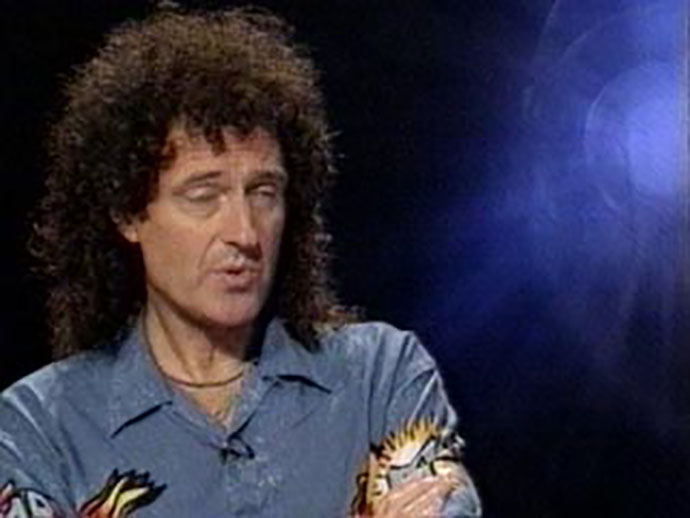
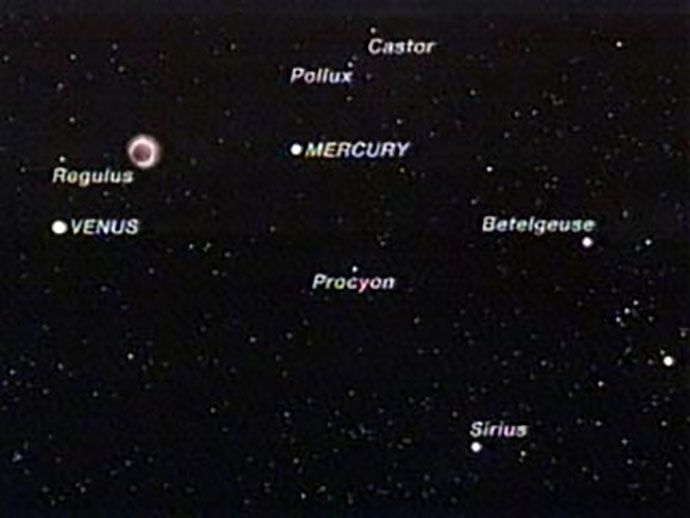
We can see Orion there, um probably we’ll just see Venus and Mercury and a couple of the brighter stars. Yea, I would say.
PATRICK: And of course one never quite knows. Way back in 1882 an eclipse occurred and near the Sun was a bright comet – never seen before, ever seen again – I just wonder, we could have a comet, be very unlikely I feel; but we just could.
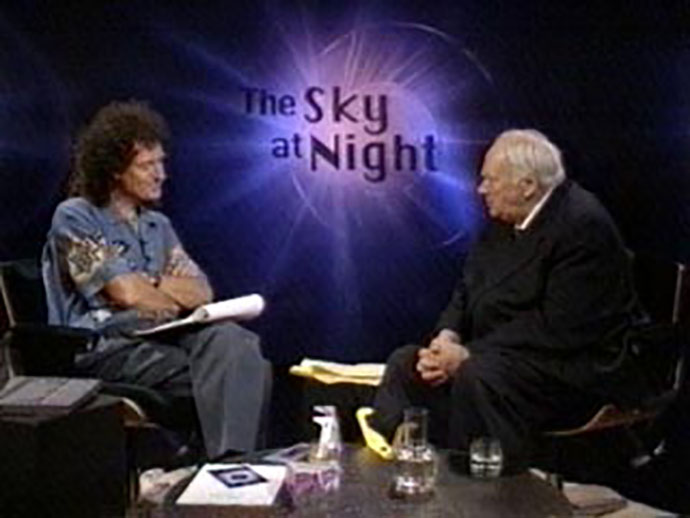
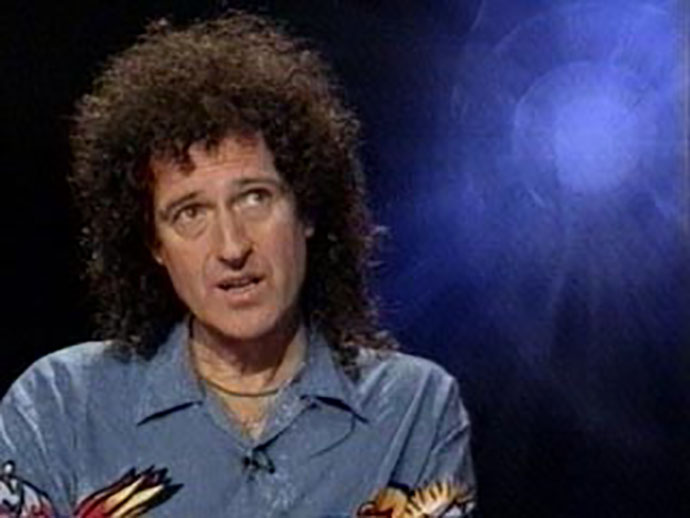
BRIAN: You just never know, do you, just what you might see?